Tapping Technique: Developing Rhythmic Independence

Two-hand tapping allows us to play two or more independent parts at the same time. A great way to get accustomed to this is to remove or simplify other variables like pitch and harmony and focus on the rhythmic transformation of one part over the foundation of another. Five note scales are an effective way of practicing the fundamentals of this concept on a 4-string bass.
To get started we can use the first five notes of a G major scale and play it two octaves apart simultaneously with both hands (see Fig.1). Note: this article is right-handed centric.
Instructions:
- Learn to tap each line (see Fig.1) separately (R2 = right hand 2nd finger, L2 = left hand 2nd finger etc).
- Put the hands together once comfortable and practice until you can count aloud (i.e. “one, two, three, four) while playing.
Figure 1

The next thing to do is to decide which rhythm to transform first. Most of us bass players are familiar with fretting using our LH (left hand) and therefore the LH part could serve as our foundation so that our mental energy can be focused on the RH (right hand).
The most basic rhythmic transformations to begin working with involve diminution (speeding up the rhythm) or augmentation (elongation of a rhythm) using even subdivisions of the pulse. Fig.2 is a diminution of the RH rhythm while maintaining the original pulse in the LH.
Instructions:
- Learn to tap the RH part (see Fig.2) while counting aloud. Note: Fingerings and fret numbers from Fig.1 are implied to all subsequent figures.
- Learn to tap both parts simultaneously. If too challenging break it up into smaller chunks before consolidating into the complete two bar passage.
- Learn to tap the figure while counting aloud.
- Repeat steps 1-3 for Fig.3.
Figure 2

Figure 3

Next, we can work on simple augmentation of the RH part (see Figures 4 and 5).
Instructions:
- Learn to tap the RH part (see Fig.4) while counting aloud.
- Learn to tap both parts simultaneously.
- Learn to tap the figure while counting aloud.
- Repeat steps 1-3 for Fig.5.
Figure 4

Figure 5

If you have made it to this point and can effectively tap any of the above figures consistently for a few minutes at a time you are now ready for some more challenging rhythmic transformations that will push your hand independence further (see all remaining figures).
Instructions:
- Learn to tap the RH part (see Fig.6) while counting aloud.
- Learn to tap both parts simultaneously.
- Learn to tap the figure while counting aloud.
- Repeat steps 1-3 for Fig. 7.
Figure 6

Figure 7
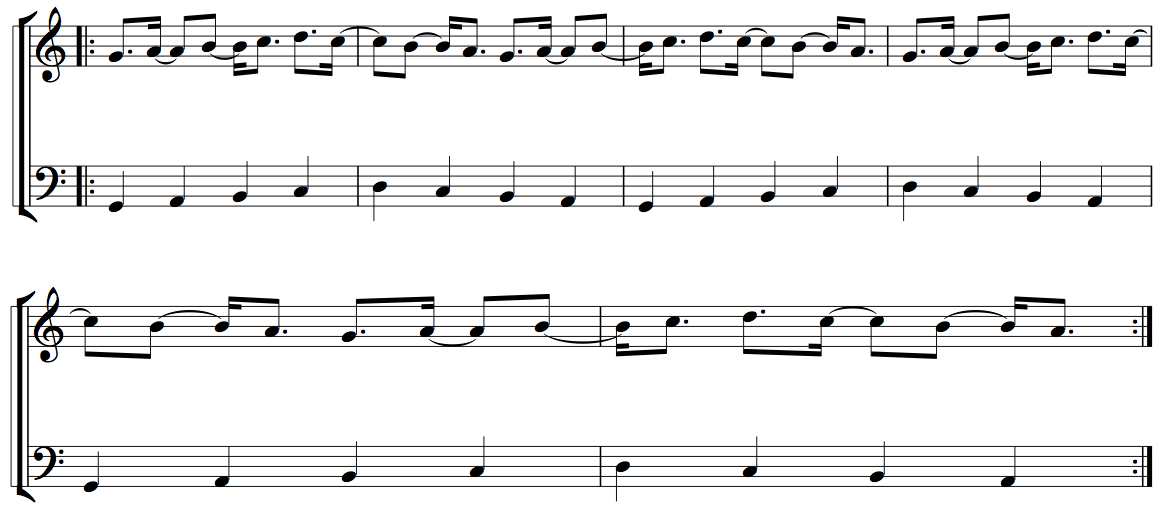
Figure 8

Figure 9
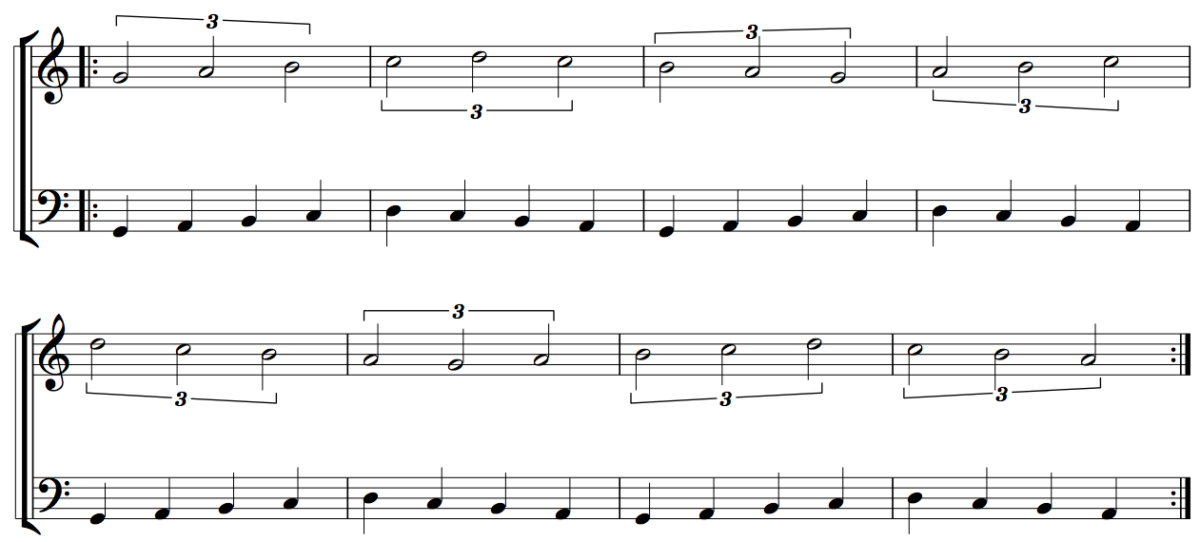
Congratulations on making it this far. The next step in taking this material further is to repeat all the figures with your hands reversed (i.e. your RH holding down the foundation in the upper register and your LH doing all the rhythmic transformations in the lower register). Remember that practicing music is all about the goal of making music, so don’t get stuck on this concept. Instead, chip away at it and allow it to become a part of your practice regiment. Many beautiful solo bass arrangements can be created with the level of hand independence seen in the first few figures.
Josh Cohen is a multi-award winning six-string bassist, composer, session musician, and music educator. His solo six-string electric bass performances, which can be heard on his most recent 2020 album Freedom, use extended techniques to create the sound of an entire band with only one instrument without the aid of loop pedals. Josh has a new solo bass transcription book out and offers online music lessons.

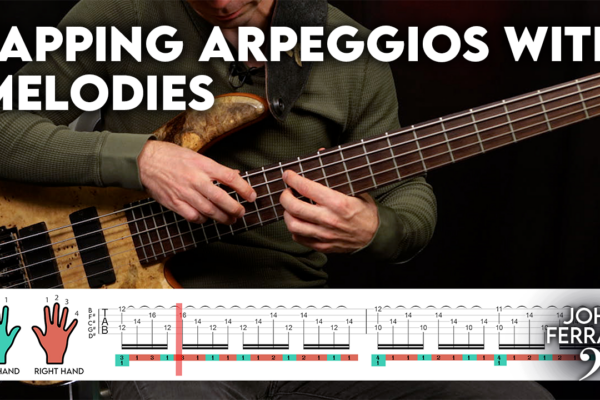
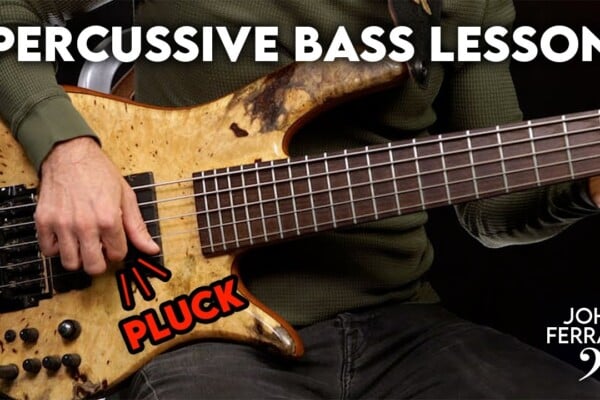
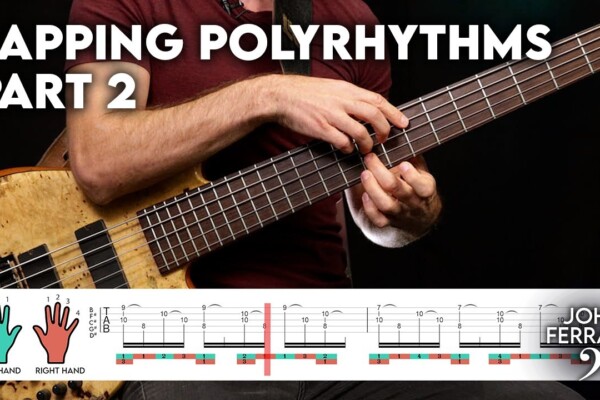
[email protected] MUY BUENO VERY GOOD